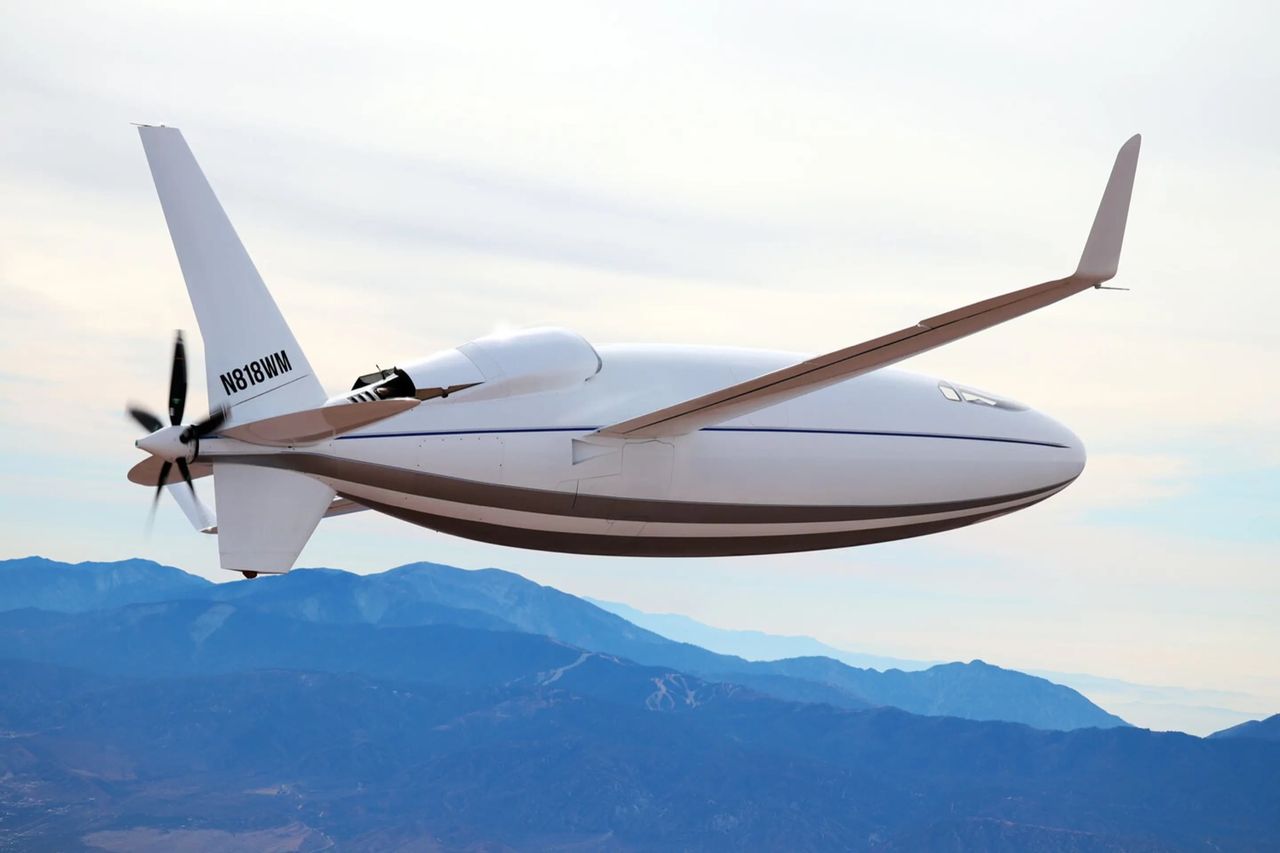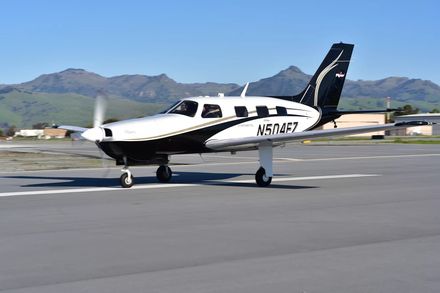The aircraft manufacturer Otto Aviation has started a collaboration with ZeroAvia which will result in an electric model of Otto’s aircraft model Celera 500L.
Celera 500L has a slightly odd design called “Laminar flow” design. According to Otto Aviation, the design will make the air resistance 59 percent lower than in similar aircraft models of the same size. According to Otto, this leads to the aircraft’s fuel consumption being reduced by as much as 80 percent compared with similar models. The electric version of the Celera 500L will use hydrogen-fueled fuel cells developed by ZeroAvia instead of batteries to power the aircraft’s engine.
In recent years, ZeroAvia has worked to develop hydrogen-powered aircraft with electric motors and says in a press release about its technology:
“ZeroAvia’s mission is to deliver hydrogen-electric engines into every aircraft, having identified the technology as the most practical, economical, and furthest reaching solution for reducing aviation’s climate change and clean air impacts. Hydrogen-electric engines use hydrogen in fuel cells to generate electricity, which is then used to power electric motors to turn the aircraft’s propellers, with the only byproduct being water. “
Celera 500L is a scalable model that should be able to fly up to 19 passengers. With a traditional internal combustion engine, the range of the Celera 500L will be over 8300 km. However, the electric model will initially have a range of just over 1800 km. When we may see one of the Celera 500L models on the market, there is so far no information about.
Below is a video showing a test flight with a prototype of the Celera 500L where the aircraft uses a V12 turbodiesel engine.
zeroavia.com
Vehicles, Aircraft,
otto aviation, zeroavia, electric aircraft,
Via
No video uploaded. This may be due to adblocker.
Try again

Photo: Otto Aviation

ZeroAvia is developing electric aircraft for the next decade
Must be powered by fuel cells with hydrogen
There are currently about ten companies around the world experimenting with building electric aircraft and one of these is the American startup company ZeroAvia. ZeroAvia aims to develop smaller electric aircraft for 10 – 20 passengers. These aircraft would have a range of about 800 kilometers and could be used as domestic flights between cities. ZeroAvia has envisioned that the electricity consumed by the aircraft will be generated from fuel cells with hydrogen. Hydrogen is the most abundant substance in the universe and does not contribute to carbon dioxide emissions. ZeroAvia conducted a number of successful test flights during the year with a Piper M aircraft equipped with its own fuel cell-based propulsion system. The aircraft weighs 2 tons and has room for 6 passengers. According to ZeroAvia, it will be the largest electric aircraft with zero emissions that is in operation today. ZeroAvia believes that sometime around 2022 it will be possible to start providing aircraft with up to 20 passengers with its propulsion system. In the clip below, you can check out one of the test flights with the Piper M model shown in the picture above.

46.7 °
Hydrogen-powered aircraft intended for passengers show up
Is this the future of the aviation industry?
Last week, the British-American aircraft manufacturer ZeroAvia carried out what they say will be the world’s first flight with a hydrogen-powered aircraft intended for passengers. It is a six-seater Piper M aircraft equipped with ZeroAvia’s electric drive system with fuel cells powered by hydrogen. ZeroAvia’s CEO Val Miftakhov says of the flight: “While some experimental aircraft have flown using hydrogen fuel cells as a power source, the size of this commercially available aircraft shows that paying passengers could be boarding a truly zero-emission flight very soon.” ZeroAvia’s aircraft are part of the British initiative HyFlyer, which aims to develop smaller aircraft that do not emit as much carbon dioxide as today’s aircraft do. Next, ZeroAvia will try to take its aircraft on an approximately 400 kilometer flight between its base at Cranfield Airport north of London to the British Orkney Islands. Above is a news item from Sky News about ZeroAvia’s latest flight. Below you will find the film ZeroAvia themselves recorded from the moment, but it unfortunately seems to have been uploaded without sound for some unclear reason.

45.6 °
.
[related_posts_by_tax taxonomies=”post_tag”]
The post The Celera 500L aircraft will be electrically powered. Otto Aviation takes the help of ZeroAvia. appeared first on Gamingsym.
